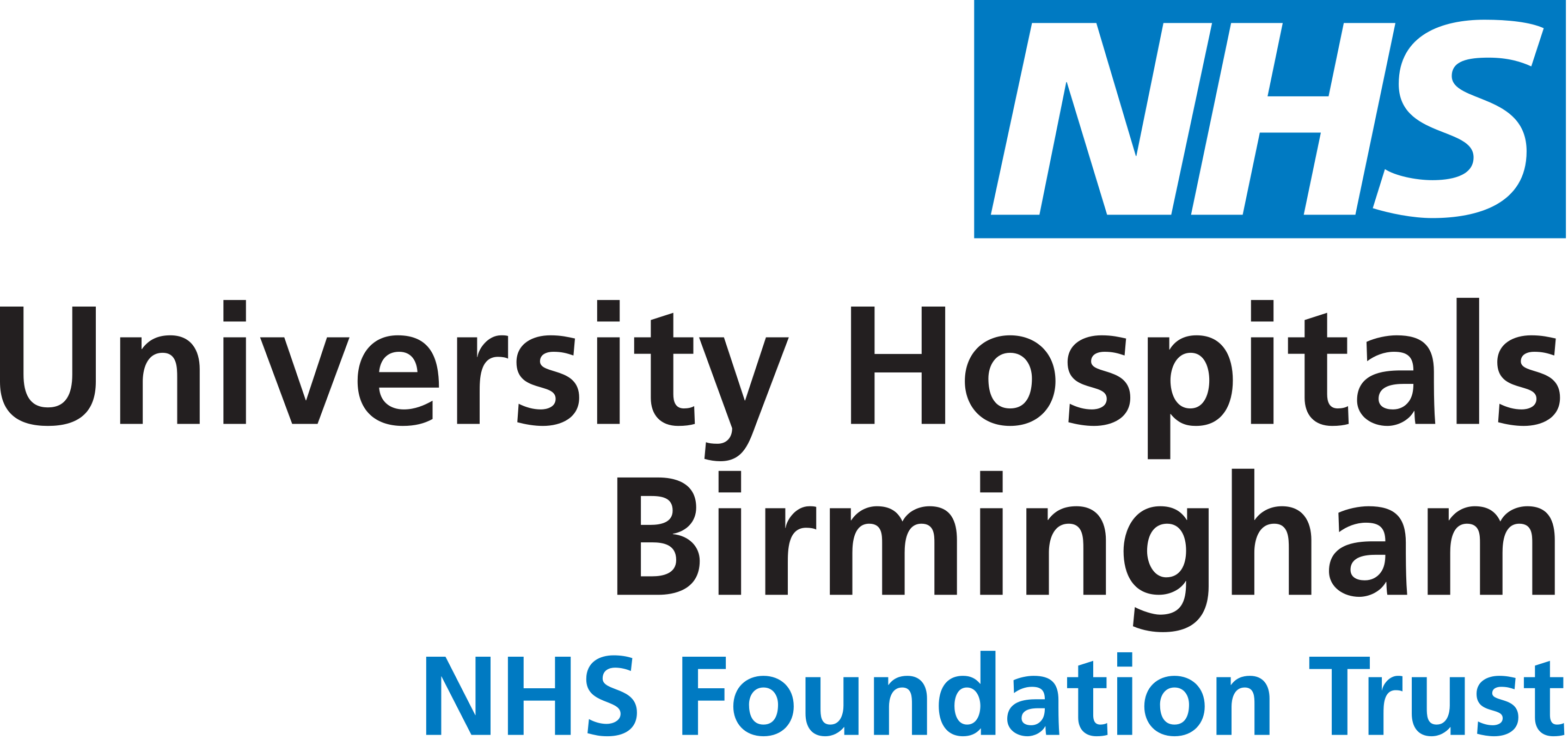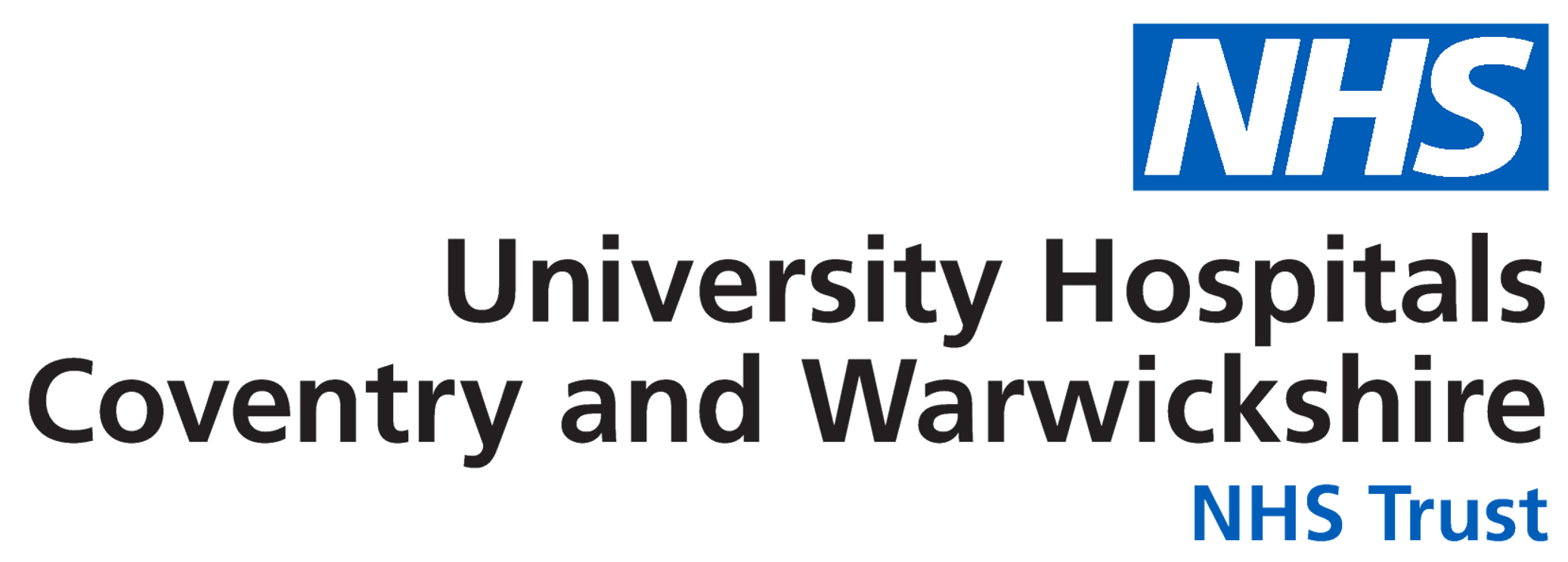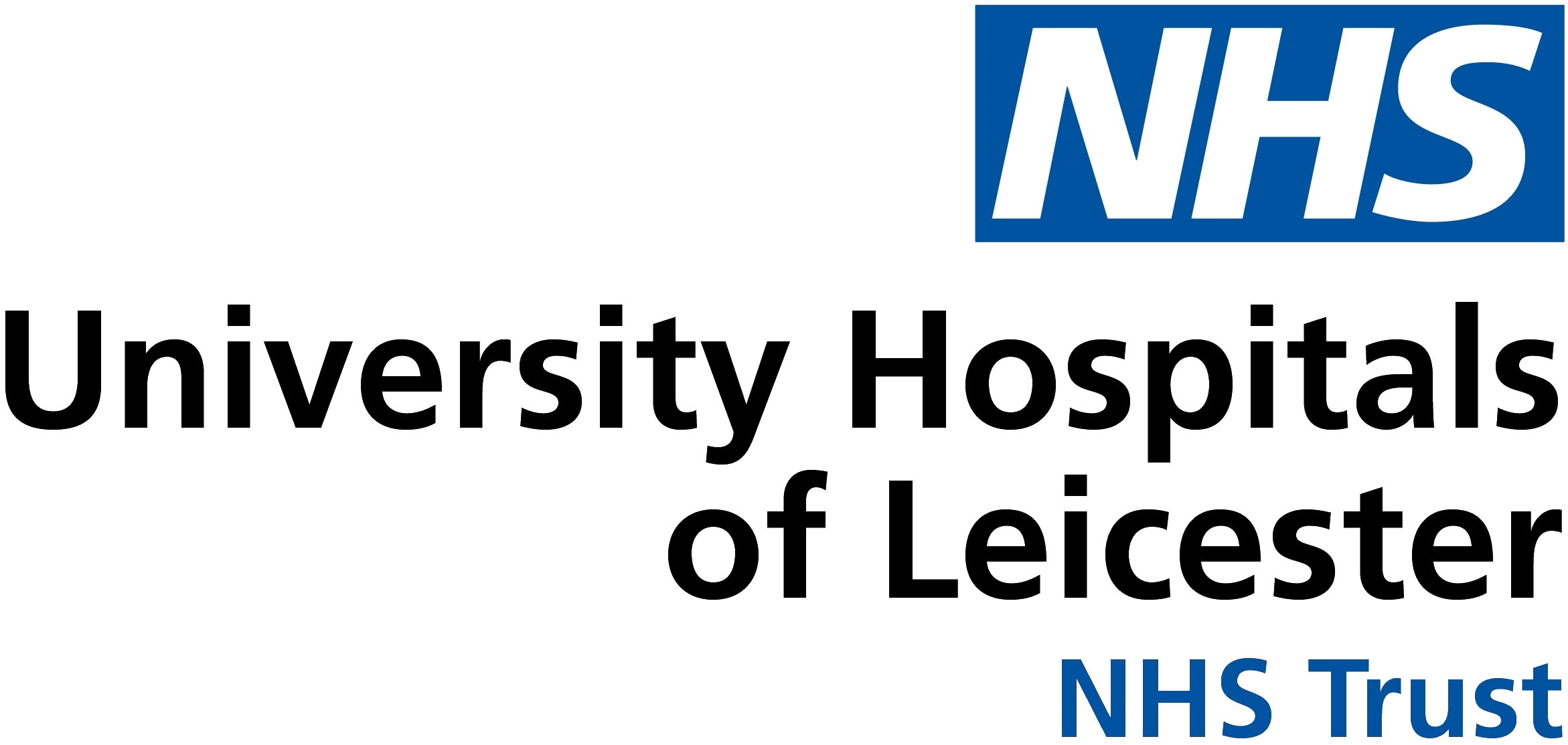The X-Raydar Project
Medical imaging underpins most medical decisions in healthcare systems, and chest X-rays account for 40% of medical imaging worldwide, due to its efficacy in diagnosing cardiopulmonary abnormalities, coupled with a relatively low cost, low radiation burden and ease of acquisition. Over the last two years, chest X-rays have played a critical role in the diagnosis and management of COVID-19.
The increasingly higher volume of examinations is placing growing strain on health service resources. In some countries, it is not possible to interpret and report scans in a timely fashion; this has resulted in substantial delays in diagnosis as well as increased human error. This situation is significantly worse in developing countries lacking the funding to train or retain the required numbers of expert radiologists. In 2016, countries like Kenya with 43 million people only had 200 radiologists, while Liberia only had two radiologists.
The X-Raydar project aims to develop an Artificial Intelligence (AI) software for the automated reading and reporting of chest X-rays using computer vision. Our AI algorithm automatically checks a chest X-ray for the presence of 37 abnormal radiological findings and can flag them, if present, in real-time. This technology can be deployed in a number of ways, e.g. to prioritise X-rays for reporting or to help radiologists by providing an automated second-reader. Our hope is that X-Raydar will significantly reduce the time to diagnosis and allow for better resource allocation.
X-Raydar has been built using the world’s largest repository of historical chest X-rays covering a collection period of 13 years across three hospital networks in the UK. We have collected more than 2.7 million chest X-rays from more than 1.5 million adult patients.
An online demonstration of how the X-Raydar algorithm works is available here: X-Raydar Online
This is a website that demonstrates X-Raydar's capabilities. The user is invited to upload DICOM files pertaining to chest x-rays, whereupon the API will
receive them, send them for processing and generate a formatted report showing the results; a list of 37 probabilities.
We have also built an API (Application Programming Interface) that grants access to two algorithms we are making freely available to the research community for non-clinical evaluation:
- X-Raydar-NLP to automatically annotate free-text reports in real time
- X-Raydar-CV to automatically detect a comprehensive set of findings on chest X-rays
Additionally, we will soon be releasing AnnotateX, a web-based interface supporting the manual annotation of both free-text radiological reports and chest X-rays using our X-Raydar37 ontology.
Check out here our LICENCE
This project was funded by a Wellcome Trust Innovator Award, and is a collaboration between:





